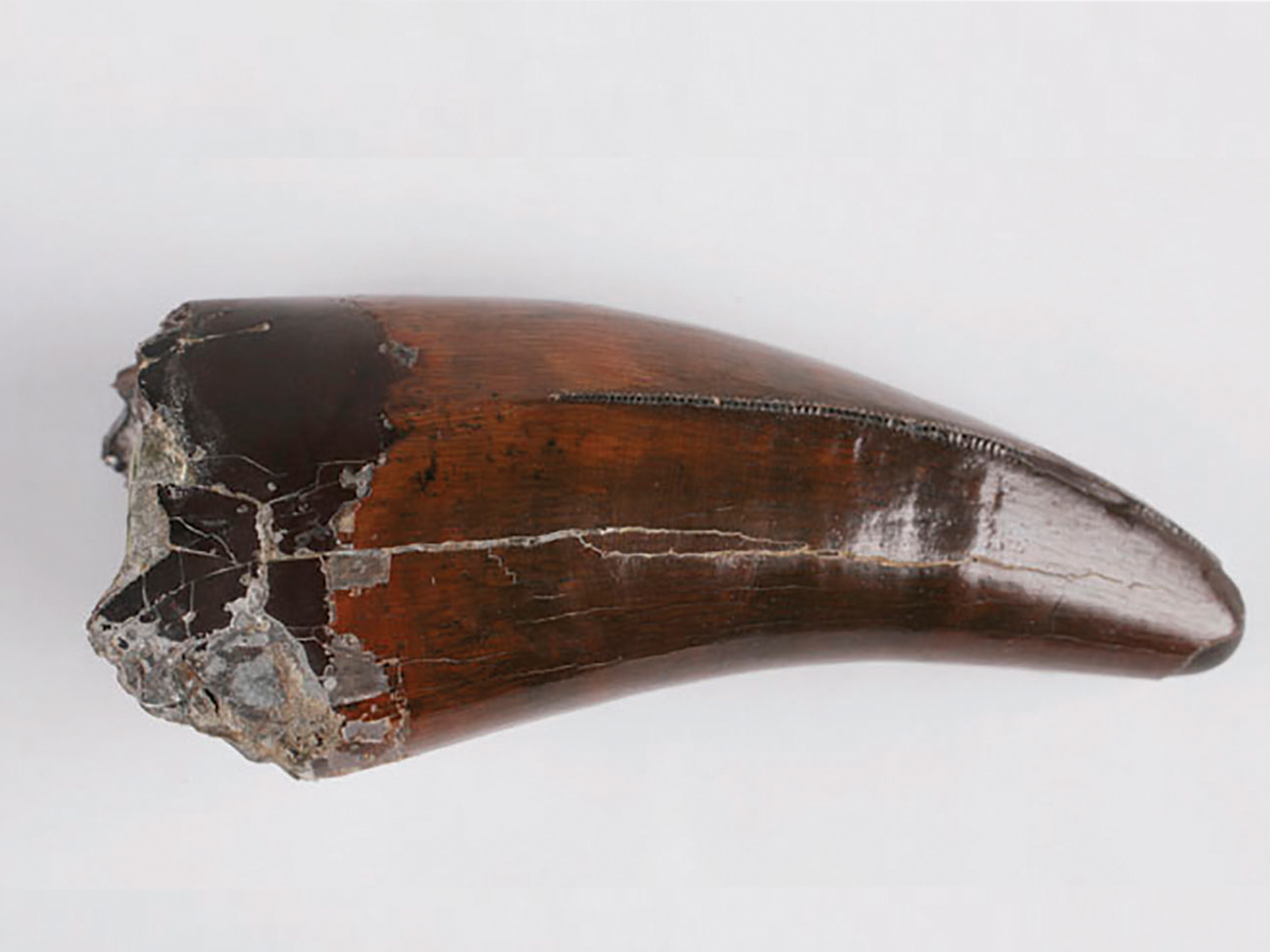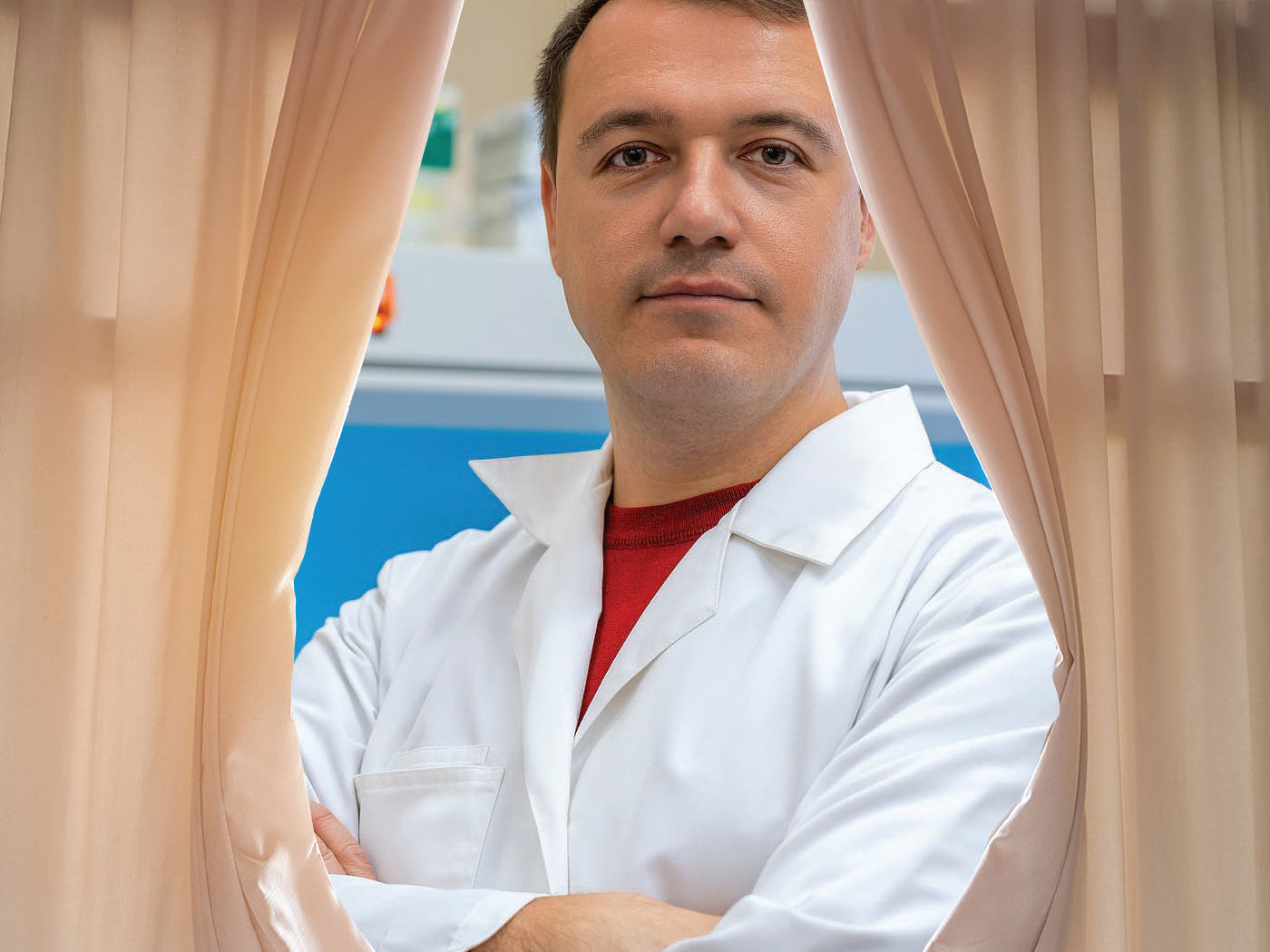Some scientists think the photosynthetic process is all but figured out since the discovery of more details regarding the place, assembly, and function of some of the more cryptic molecules involved and their pathways. But like unraveling details of the DNA code,1 the more functional features of photosynthesis that are discovered, the more questions arise that point to yet more lines of inquiry and learning. For example, phosphorylation (the addition of a phosphate group to a biomolecule)—an extremely common process in biochemistry—was recently discovered to activate a proton pump that helps open stomata, thus aiding photosynthesis.2 The latest cryoelectron microscopy (cryo-EM) research continues to reveal some amazing photosynthesis-associated proteins.3
Scientists of the Webster group at the John Innes Centre in England are involved in investigating photosynthesis, specifically focusing on the structure of the chloroplast4 transcription complex and an incredible protein enzyme called RNA polymerase. This complex enzyme is a molecular machine5 designed to catalyze the biochemical reaction of making single-stranded RNA from a double-stranded DNA template during transcription—the process of transcribing DNA sequence information into RNA molecules. Thus, transcription is performed by the essential protein machine, RNA polymerase. The John Innes article stated,
It was discovered 50 years ago that chloroplasts contain their own unique RNA polymerase. Since then, scientists have been surprised by how complex this enzyme is. It has more subunits than its ancestor, the bacterial RNA polymerase, and is even bigger than human RNA polymerases.3
Transcription of chloroplast genes is conducted mainly by plastid-encoded RNA polymerase (PEP). This is a multi-subunit complex and is in turn attached to a set of nuclear-encoded PEP-associated proteins (PAPs). PEP activity must have PAPs for proper chloroplast function, which includes transcription.
Additionally, in the scientific journal Cell, Vergara-Cruces et al. list other complex enzymes involved in chloroplast transcription: “The [transcription] models reveal details of the superoxide dismutase, lysine methyltransferase, thioredoxin, and amino acid ligase enzymes that are subunits of PEP.”6
Group leader Dr. Michael Webster, a co-author of the Cell paper, states that,
“Transcription of chloroplast genes is a fundamental step in making the photosynthetic proteins that provide plants with the energy they need to grow. We hope that by understanding this process better—at the detailed molecular level—we will equip researchers looking to develop plants with more robust photosynthetic activity.”3
Vergara-Cruces et al. also suggest that, “Collectively, these data provide a foundation for the mechanistic understanding of chloroplast transcription and its role in plant growth and adaptation.”
Research through cryoelectron microscopy has revealed incredible photosynthesis-associated proteins involved with transcription of the chloroplast genes via RNA polymerase. Evolutionary theory erroneously states that the chloroplast RNA polymerase has evolved from a bacterial RNA polymerase. But each polymerase complex could only have been designed during creation by the Lord Jesus to function with the highest efficiency in specific groups of organisms, including plants, people, and prokaryotes (bacteria).
References
- Tomkins, J. Three-Dimensional DNA Code Defies Evolution. Creation Science Update. Posted on ICR.org April 27, 2015, accessed April 21, 2024.
- Coslett, M. Discovery of amino acid unveils how light makes stomata open in plants. Phys.org. Posted on phys.org March 26, 2024, accessed April 20, 2024.
- Advanced microscopy reveals proteins that power photosynthesis. John Innes Centre. Posted on phys.org March 4, 2024, accessed April 20, 2024.
- Sherwin, F. Chloroplast Construction Reflects Creation. Creation Science Update. Posted on ICR.org October 26, 2023, accessed April 20, 2024.
- Guliuzza, R. 2023. Billions of Biological Nanomachines Point to Christ’s Workmanship. Acts & Facts. 52 (11): 4–7.
- Vergara-Cruces, A. et al. 2024. Structure of the plant plastid-encoded RNA polymerase. Cell. 187 (5): 1145–1159.
* Dr. Sherwin is a science news writer at the Institute for Creation Research. He earned an M.A. in invertebrate zoology from the University of Northern Colorado and received an Honorary Doctorate of Science from Pensacola Christian College.







